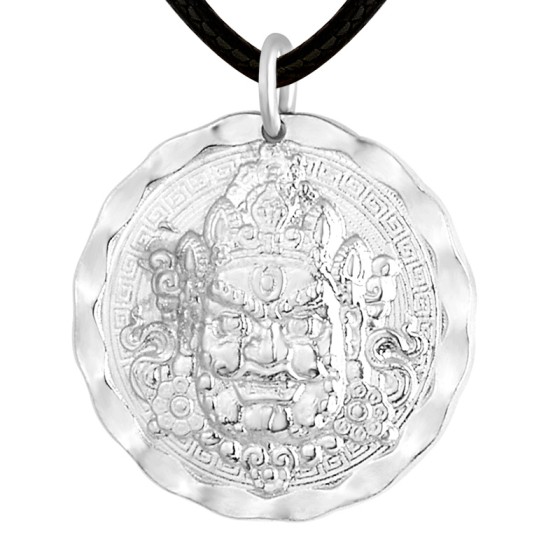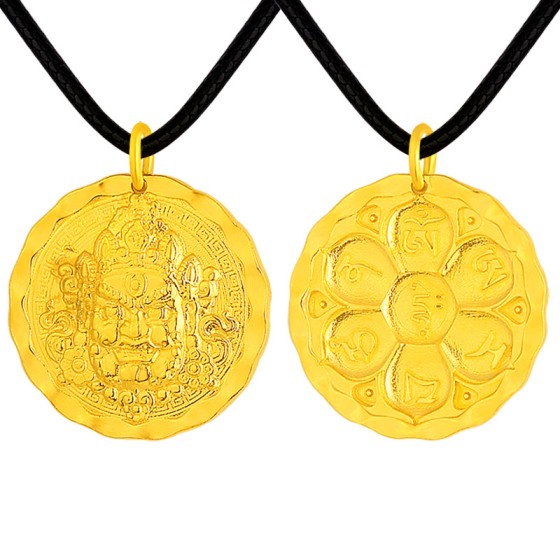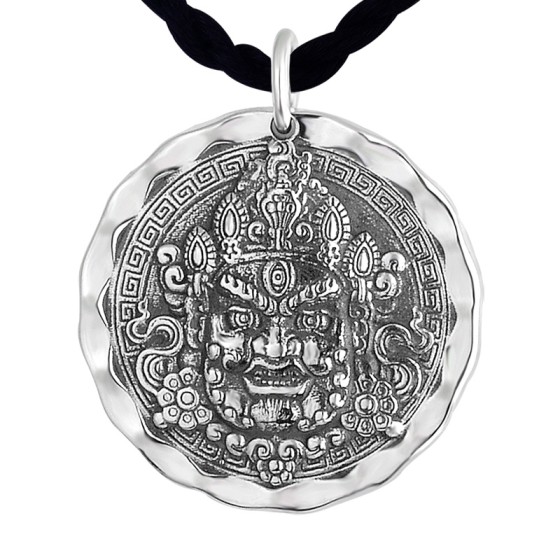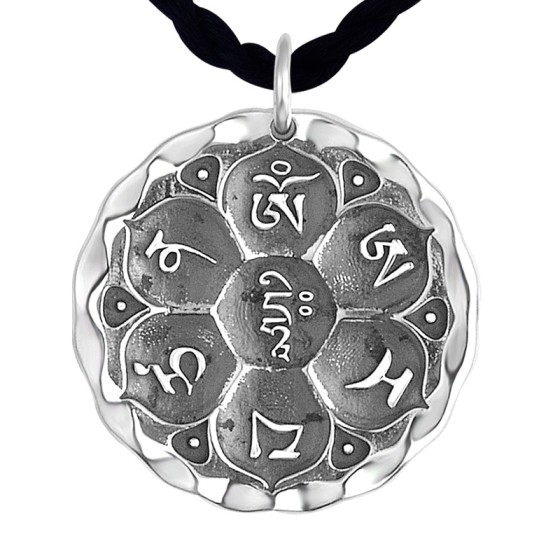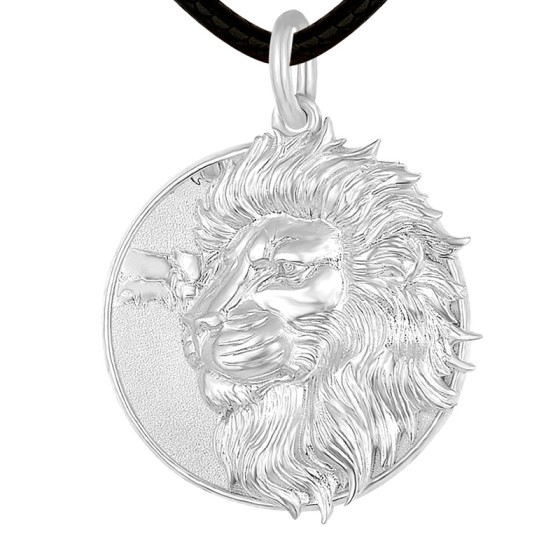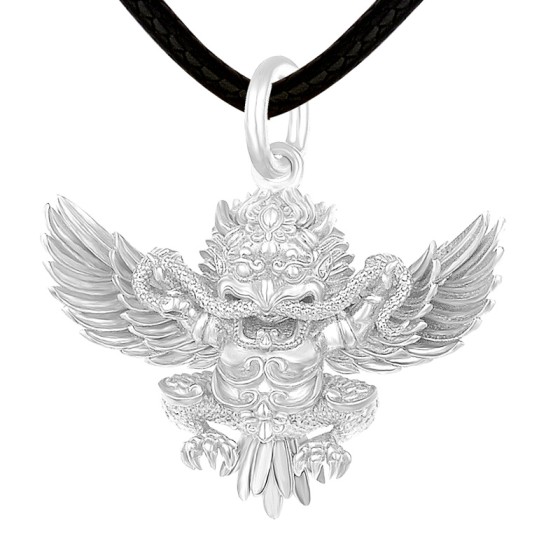15 Ancient Tree of Life Symbols (and Their Symbolic Meanings)
15 Ancient Tree of Life Symbols (and Their Symbolic Meanings)
The Tree of Life is an ancient and mysterious symbol found in various cultures around the world. It is worth noting that although this symbol exists in different cultures, the meanings and symbolic meanings associated with trees are often surprisingly similar.
Many ancient cultures depicted this tree as Axis Mundi - or a tree located at the center of the world. Similarly, many cultures consider trees as channels connecting three realms of existence: the underworld, the land, and heaven. This tree is often seen as a symbol of creation, interconnectedness, and the source of all life on Earth.
In this article, we will explore 15 ancient Tree of Life symbols from different cultures to understand their origin stories and deeper symbolic meanings.

The Tree of Life in Mesopotamia
The Tree of Life in Mesopotamia is considered one of the earliest images of the Tree of Life, found in civilizations such as Assyria, Babylon, and Akkadian.
Due to the lack of clear written records, its specific meaning is difficult to define. Some reliefs depict it as a palm tree, while others are a series of intersecting line patterns. Almost all illustrations feature the image of a deity in a winged disk, commonly believed to represent the sun god Shamash, who holds a ring symbolizing divine power.
It is widely believed that this tree grew in the center of the world, and from it flowed the primitive waters of Apsu, giving birth to the first group of gods. Therefore, it not only symbolizes the beginning of life, but also the entire life cycle - including the inevitability of death and the possibility of regeneration.
In the Epic of Gilgamesh, the "eternal life" sought by Gilgamesh may symbolize this tree. When he fails to attain eternal life, this tree becomes a part of the natural cycle, reminding us that life is fluid, changing, and complete.

The Tree of Life in Kabbalah
The Tree of Life in Kabbalah is a highly symbolic chart used to express the structure of the universe, the essence of divinity, and the path of humanity towards spiritual enlightenment.
It consists of ten spheres called Sefirot, sometimes expanding to eleven or twelve. These spheres are connected by twenty-two paths, each representing a sacred attribute.
Sefirot is divided into three columns, with the left representing female energy, the right representing male energy, and the middle representing the balance and fusion of the two. The top Keter represents the unity of the highest consciousness and the universe, while the bottom Malkuth symbolizes the material world.
The nodes between the two represent concepts such as wisdom, understanding, compassion, strength, beauty, victory, glory, foundation, and kingdom. These symbols also have similarities with the Hindu chakra system, indicating that it is an energy model for inner growth and spiritual enhancement.
The Tree of Life in Kabbalah is not only a core symbol of Jewish mysticism, but also frequently appears in modern art, jewelry, and spiritual practice as a symbol of the connection between knowledge, wisdom, and divinity.

Yggdrasil - Nordic Tree of Life
Yggdrasil is the world tree in Norse mythology, a huge white wax tree that supports the entire universe. It connects nine different worlds and is the axis of the Nordic worldview - the Axis Mundi.
This tree not only symbolizes the connection between all things, but also embodies the eternal cycle of creation, maintenance, and destruction. Even in doomsday events like Ragnar ö k, Yggdrasil will not truly die, but will enter a new life cycle.
Its three main roots extend to Jotunheim, the land of giants, Asgard in the heavens, and Niflheim in the underworld, symbolizing the three levels of existence. The water flowing from the roots of the tree nourishes the world, but it is also constantly eroded, symbolizing the essence of destruction and creation coexisting in the universe.
Yggdrasil is not only the physical center of the universe, but also a symbol of spiritual journey, reminding us that the meaning of life lies in growth, transformation, and ultimate rebirth.

Baobab - The Tree of Life in Africa
The baobab tree is an iconic plant on the African savannah, standing over 65 feet tall and one of the toughest trees in the local ecosystem.
It is known for its ability to store large amounts of water and survive in extreme drought conditions. This characteristic makes it a symbol of survival, adaptability, and persistence.
For many African cultures, the baobab tree is not only a source of food, medicine, shade, and commercial resources, but also an important place for community gatherings, religious ceremonies, and cultural heritage.
Its fruit is rich in nutrients, its bark can be used to make ropes and clothing, and its leaves can be used in traditional medicine. Because of this, the baobab tree is regarded as a symbol of life, harmony, balance, healing, and sustenance, and is the true "tree of life" on the African continent.

The Tree of Life in Egypt
In ancient Egyptian culture, the acacia tree was regarded as a symbol of the tree of life. It is one of the few trees that can grow in the desert, making it an important resource for building houses, manufacturing tools, and providing shelter.
The Egyptians also associated the acacia tree with the goddess Lusaaset, who is the grandmother of the gods and symbolizes fertility and the power of the universe. It is said that she lives in an ancient acacia tree in Heliopolis Garden.
This tree is also seen as a bridge connecting the worlds of the living and the dead. Priests will drink hallucinogenic wine made from acacia to enter a spiritual state, communicate with the goddess, and obtain guidance.
The existence of the Acacia tree is not only related to the continuation of real life, but also symbolizes the journey of the soul between life and death.

Inverted Tree - The Tree of Life in Hinduism
In Upanishads and Bhagavad Gita, an inverted tree of life is described. Its roots are in the sky, and its branches and leaves grow downwards, symbolizing the transition from the material world to spiritual awakening.
The roots of this tree represent the subconscious, the branches represent the direction of real life, and the trunk represents the conscious mind. When the tree is inverted, the hidden roots are exposed, symbolizing the awareness and transformation of inner beliefs.
The root facing towards the sky symbolizes the process of the soul pursuing higher spiritual realms, and is a metaphor for transcending oneself and achieving liberation.

The Tree of Eden
In Christian tradition, the Tree of Life in Eden symbolizes eternal life and divine gifts. It grows together with the Tree of Knowledge in the center of the paradise, and is a blessing bestowed upon humanity by God.
Adam and Eve were expelled from the Garden of Eden for disobeying orders to eat the forbidden fruit. From now on, they must learn, grow, and rediscover their connection with the divine in a world full of challenges.
The Tree of Life symbolizes rebirth, hope, and redemption, and is the starting point of the human spiritual journey. It appears multiple times in the Bible, such as in Genesis, Proverbs, and Revelation, emphasizing its position as the ultimate source of life.

Crann Bethadh - Celtic Tree of Life
The Celtic Tree of Life, known as Crann Bethadh, is typically represented by oak trees. Its branches point towards the sky, while its roots interweave in a complex Celtic knot form, symbolizing infinite life and wisdom.
The Celts believed that trees had divine power and were gateways to other dimensions. They not only bring prosperity and blessings, but also symbolize the cycle of time, the changing seasons, and the journey of the soul.
Crann Bethadh's roots extend deep into the underworld, its branches and leaves reach towards heaven, and its trunk remains stable between the mortal world, forming a passage connecting the three realms. It symbolizes the harmony between knowledge, power, longevity, and the universe.

Kalpa Vriksha - Tree of Life
In Hindu mythology, Kalpa Vriksha is a tree that grows in heaven and fulfills all the wishes of its followers. It symbolizes prosperity, abundance, and spiritual fulfillment.
It is said that this tree originated from the mythological event of "ocean stirring" and is one of the treasures born after the gods and demons jointly stirred up the Milky Way. It has golden leaves and inexhaustible fruits, and is the embodiment of divine grace.
Kalpa Vriksha is associated with numerous deities and is a symbol of blessing, protection, and wish fulfillment, deeply revered by Hindus.

Austra's KOKS - The Tree of Life in Latvia
The Tree of Life in Latvia is called Austra's Koks, meaning 'Tree of Dawn' or 'Tree of the Sun'. It usually appears as an oak tree with silver leaves, copper roots, and golden branches.
This tree symbolizes three realms of existence: the roots represent the underground world, the trunk represents the human world, and the leaves represent heaven. It is both a lucky charm and a symbol of protection.
In Latvian folk songs and folk patterns, this tree frequently appears, symbolizing life, seasonal cycles, and divine order.

Yaxche - Maya Tree of Life
The tree of life in Maya culture, Yaxche, is usually represented by the kapok tree. Its roots lead to the underworld, its branches support the sky, and it is a sacred bridge connecting heaven and earth.
According to mythology, four kapok trees stand in four basic directions, with the fifth tree located at the center of the universe, known as Axis Mundi. It is an important gateway for the human soul to cross the three realms, and the only way for the gods to descend to the human world.
This tree symbolizes the stability and sacred cycle of creation, order, and the universe.

Ulukayin - Türkiye's Tree of Life
The tree of life in Türkiye is called Ulukayin, also called Bayterek or Paykayg ı n, which is a sacred beech or pine tree, usually with eight or nine branches.
It symbolizes three levels of existence: underground, above ground, and heaven. Its roots are deeply rooted in the underworld, its branches extend to the sky, and its trunk connects these two worlds. This tree is believed to have been planted by the creator god Kayra Han and inhabited by the birth goddess K ü bey Hatun, symbolizing the origin and continuation of life.

Bodhi Tree - The Tree of Life in Buddhism
The Bodhi tree is the place where Buddha attained enlightenment, and is therefore regarded as a symbol of wisdom and enlightenment. It is not only the sacred tree in the hearts of Buddhists, but also symbolizes the center of the universe and the interdependence of all things.
This tree reminds us that true awakening comes from inner insight and understanding of the essence of life. It also symbolizes the completion of the journey of liberation, compassion, and spirituality.

Akshaya Vata
Akshaya Vata means "immortal tree" in Hindi and is a banyan tree in Hinduism that symbolizes eternal life. Legend has it that the goddess Sita once prayed under this tree, making it the eternal tree.
This tree symbolizes the continuous process of the universe's cycle, creation, and destruction. Many Hindus hold prayer ceremonies under banyan trees, seeking health, wealth, and offspring.
There are currently multiple locations claiming to be the true location of Akshaya Vata, including Prayagraj, Gaya, and Varanasi. Regardless of its location, it remains a symbol of the connection between faith and spirituality.

Rowan - The Tree of Life in Scotland
The Rowan tree, also known as the catalpa tree, is the tree of life in the hearts of the Scottish people. It can thrive in harsh environments, symbolizing strength, wisdom, courage, and divine protection.
Every season, Rowan presents a different appearance: it blooms and pollinates in spring, provides shade in summer, bears fruit for food in autumn, and is silent and contemplative in winter. It not only supports the diversity of ecosystems, but is also used in Celtic traditions for divination and rituals.
Until today, many rural Scottish families still plant Rowan trees near their homes to resist evil, bring good luck, and protect their families.

Conclusion: The Eternal Charm of the Tree of Life
The above are just some examples of the symbol of the Tree of Life in cultures around the world. Similar symbols also appear in the traditions of China, Japan, Greece, Rome, Peru, Central America, Harappa, Bah á 'í, and Austria.
Although these cultures are separated by thousands of mountains and rivers, the symbolic meaning carried by the Tree of Life is astonishingly consistent: it represents connection, circulation, creation, wisdom, and spiritual growth.
Perhaps the Tree of Life is not just a concrete tree, it can also be a metaphor for our nervous system, energy centers, and even the structure of the universe. Anyway, this mysterious symbol is worth exploring and contemplating further.
If you resonate with the Tree of Life, try incorporating it into your spiritual practice, home decor, or daily meditation. It not only brings visual beauty, but also inspires deep thinking about the essence of life.
